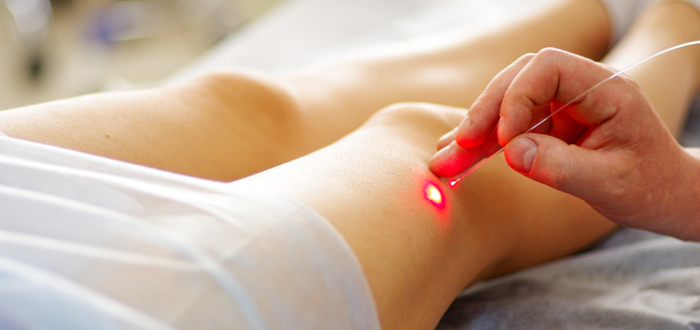Researchers are launching a Phase 2 clinical trial to make sure the impressive mesothelioma survival rates they achieved earlier with a novel photodynamic therapy-enhancing drug were no fluke.
If the drug continues to prove itself in the course of Phase 2 testing, researchers say it could change the way doctors now think about treating mesothelioma.
The clinical trial is being conducted by scientists from the Perelman School of Medicine at the University of Pennsylvania in collaboration with the Roswell Park Cancer Institute.
The first of 102 patients stricken by the epithelioid form of malignant pleural mesothelioma have already enrolled in the clinical trial. Enrollment is expected to continue for the next four years.
The trial is being funded by an $8 million grant from the National Cancer Institute.
Test Includes Radical Pleurectomy for Mesothelioma
The photosensitizing agent called PHOTOFRINœ is being tested. The U.S. Food and Drug Administration in 2004 approved PHOTOFRINœ — under orphan drug rules — for treatment of cholangiocarcinoma, a rare cancer that develops in the bile ducts.
In late 2011, the FDA granted orphan drug status to PHOTOFRINœ as an adjuvant therapy for malignant pleural mesothelioma surgery.
Photodynamic therapy with PHOTOFRINœ is a targeted treatment that attacks tumor cells but avoids causing permanent damage to healthy neighboring tissues.
Nontoxic PHOTOFRINœ works by first building up inside the cancer cells.
Once PHOTOFRINœ reaches the correct level, a laser is shined at the cancer cells. The PHOTOFRINœ-saturated cells hungrily absorb the intense light.
This causes a release of oxygen that attacks and destroys the cancer cells.
In the clinical trial, photodynamic therapy with PHOTOFRINœ is being tested as method of mopping up mesothelioma cells that surgery leaves behind.
The clinical trial enrollees will all receive a radical pleurectomy. This is surgery to remove the lining of the lungs. When the lining goes, so do the mesothelioma cells. Most of them, anyway.
Proponents of radical pleurectomy say the procedure is designed to save a mesothelioma patient’s lung. If the surgery is successful, it can improve the patient’s survival outlook and quality of life.
However, while the mesothelioma cells that remain after surgery are few, they almost always manage to quickly reestablish themselves. In very short order, the patient is right back in a difficult situation.
In an attempt to prevent this from happening to the enrollees, they will receive doses of PHOTOFRINœ a full day before surgery.
After the surgery is completed but before closing up the chest, they each will then be treated with photodynamic therapy.
“Malignant pleural mesothelioma requires a multi-modal approach to treatment,” says Keith Cengel, M.D., Ph.D., lead study investigator. Cengel — an associate professor and director of photodynamic therapy at Perelman — says the treatment methodology appears promising.
“To date, unprecedented survival rates have been achieved,” he says.
Effective Against Mesothelioma
Cengel explains that the clinical trial seeks in part to determine why this photodynamic therapy strategy works well against mesothelioma.
According to the plan, enrollees will be randomized to two groups. One group will receive photodynamic therapy during surgery, plus postoperative standard chemotherapy.
The other group will receive no photodynamic therapy. Instead, after surgery, they will only be given the chemotherapy.
PHOTOFRINœ is marketed in the U.S. by Pinnacle Biologics, Inc., a biopharmaceutical research and development organization that specializes in rare diseases.
Mark Thompson, chief executive officer of Concordia Healthcare Corp., Pinnacle’s parent company, expresses hope that the clinical trial will lead to “greater understanding and insight into a rare and deadly form of cancer.”
He says he also has his fingers crossed that it will establish a new treatment path for mesothelioma patients — patients that currently have so few existing options.

